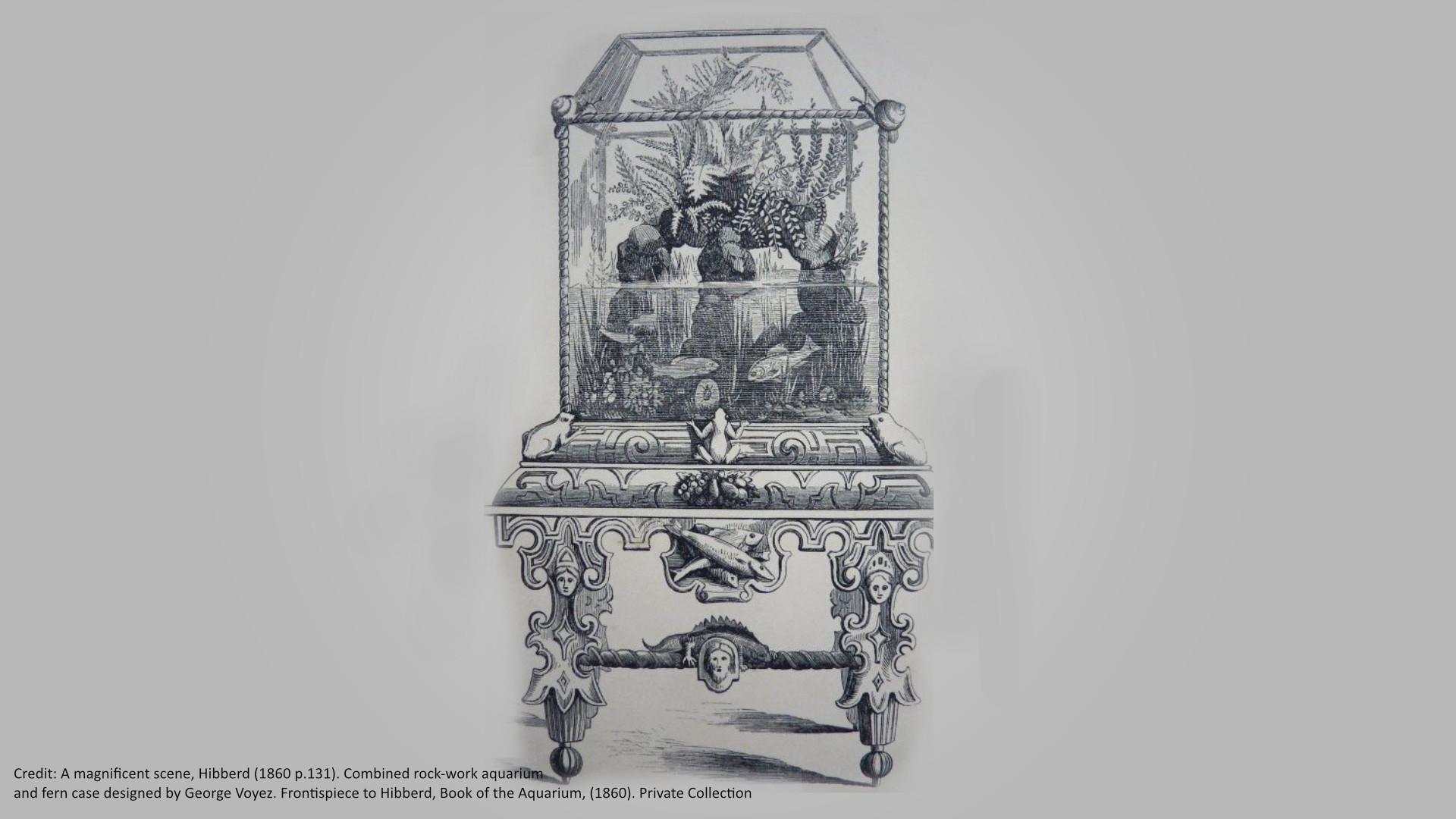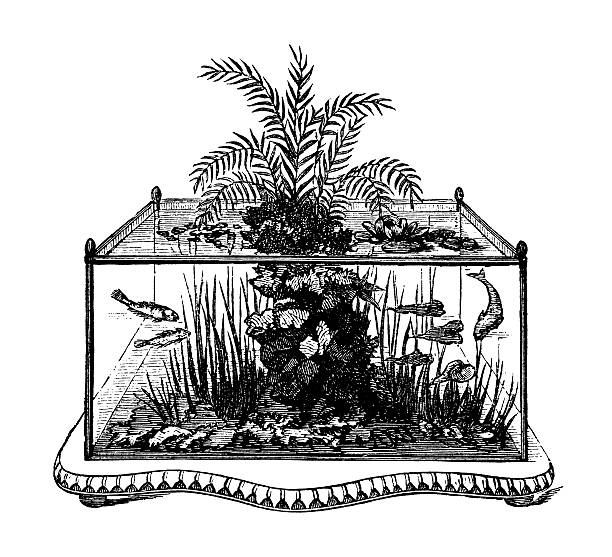History Of Aquariums

The first public aquarium (which they called “an Aquatic Vivarium”) opened in 1953 in London. It was designed by an English naturalist named Phillip Henry Gosse and he is also likely responsible for the term “aquarium.” This was not, however, the origin story for the keeping of ornamental fish, which likely started with the ancient Sumerians, who raised fish in ponds more than 4500 years ago! There are ancient records of fish keeping from ancient Egypt, China, Rome, Japan and Assyria. Chinese people have been raising carp for food and beauty since at least 1000 BCE. The Romans are credited with being the first marine aquarists, as they designed ponds that would be supplied with fresh seawater and thus could keep saltwater critters alive in them.
The history of the actual fishtank also likely starts in China, when in the 1300's, a Chinese porcelain company produced large tubs for keeping goldfish, which over time, have morphed into the fish bowls we're all more familiar with. There is a book called Vogel, Fisch und Tierbuch, in which the German author, Leonhard Baldner describes keeping loaches and newts in the 1600's, though this is not in glass.
There are many records of people keeping goldfish in metal reinforced tanks with glass faces in the late 1700s in France and England. A google search will show you some very beautiful displays common in the later part of this era. By the early 1800s this rage had died out as the husbandry and restocking demands for fish and other aquatic animals was too taxing for most but the most dedicated of fish keepers.
Successful animal husbandry in captivity did not become established until the mid 1800's when in 1832, French biologist Jeanne Villepreux-Power is became widely credited with creating the first glass box “aquarium” for the study of aquatic organisms. In 1838 another Frenchman, Felix Dujardin left notes describing the maintaining saltwater species in captivity. Englishman Robert Warington is often credited with creating the first aquaria in which he balanced the needs of goldfish, eelgrass and snails in 1850. Villepreux-Power, Warington and Gosse (remember Gosse from paragraph one?) are often considered the fathers of captive aquatics. On the marine side, Anna Thynne opened England's first “balanced” saltwater aquarium, of sponges, corals and anemones in 1847.

The term aquarium was used to describe any container in which one grew aquatic plants until Phillip Gosse popularized its use for the glass boxes that Villepreux-Power invented. In his book “The Aquariums: An Unveiling of the Wonders of the Deep Water” Gosse re-ignited a passion for aquarium keeping throughout England and Europe.
The public display designed, created and stocked by Gosse in the London Zoo was known as the Fish House. It's immense popularity triggered the building of public aquariums around the world. PT Barnum of Barnum and Bailey Circus Fame (the greatest show on earth) opened the first public aquarium in the United States in New York City. By 1930 there were at least 45 public aquariums around the world. In 1938, the first “Oceanarium” opened in Miami, a massive display of a huge variety of fishes in one tank as though it were open ocean. As World War II approached, and for some time afterward, the development of new public aquariums slowed to a near stop. As of today, there are more than 200 large scale public aquariums in the world.
Today, the result of this history is an unbelievable assortment of techniques and technologies to help you better keep an even more unbelievable assortment of tropical fish. What started at the London Zoo in 1853 with an assortment of 58 species of fish and 200 some species of invertebrates, has culminated countless species of ornamental fish and inverts that can be kept in a myriad of types of displays. Most of the animals on display in 1853 were being kept in tanks that are smaller than those available to you as hobbyists today! If you're interested in deep diving into any of this further, the London Zoological Society has a lot of photos and documentation from Gosse himself for you to peruse, its all interesting history, we hope you enjoy it. While you're planning your summer travels, make sure to stop in and support your public aquariums, we firmly believe that nothing teaches aquatic biology to, and captivates more people than an excellent public aquarium.